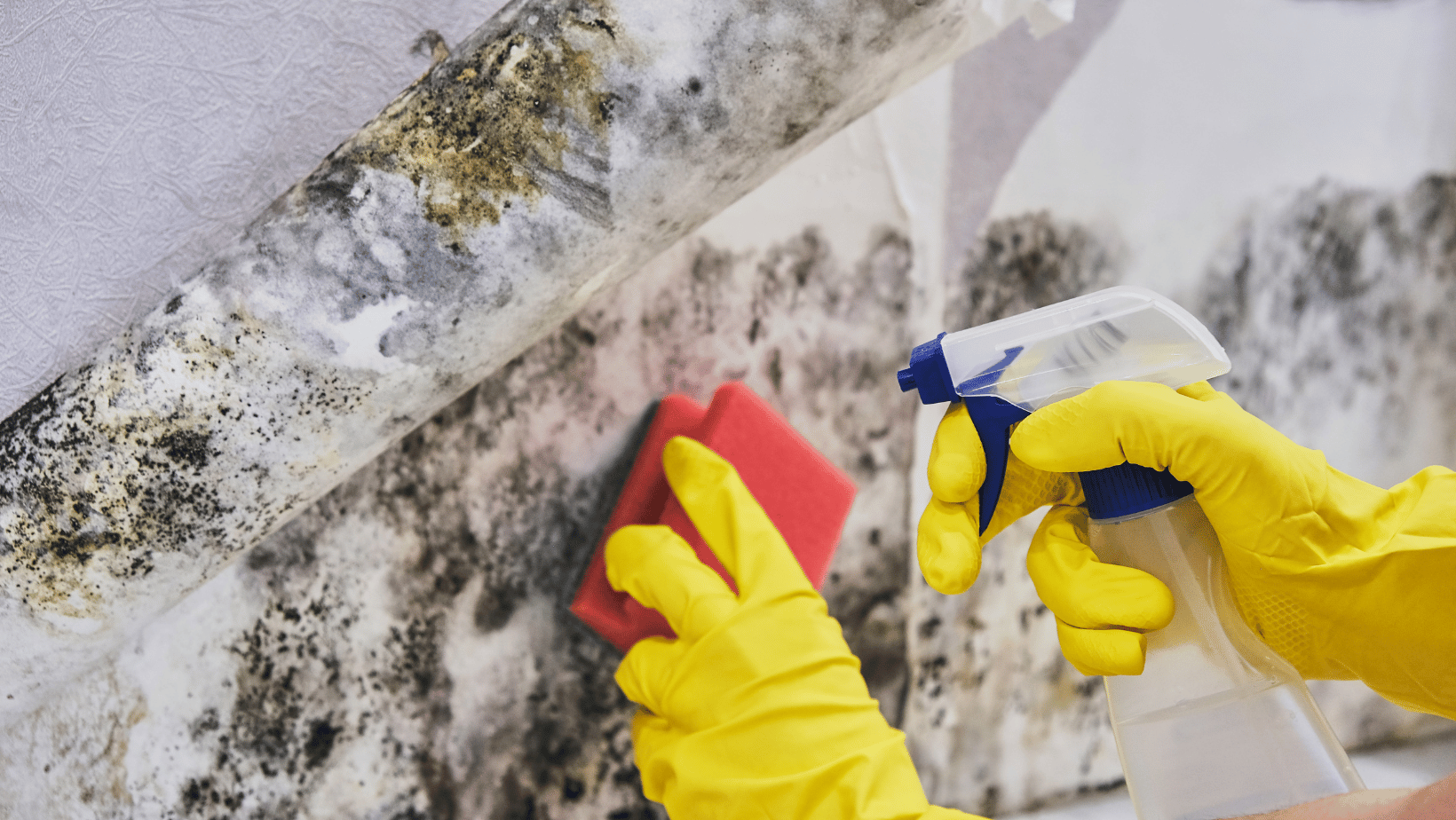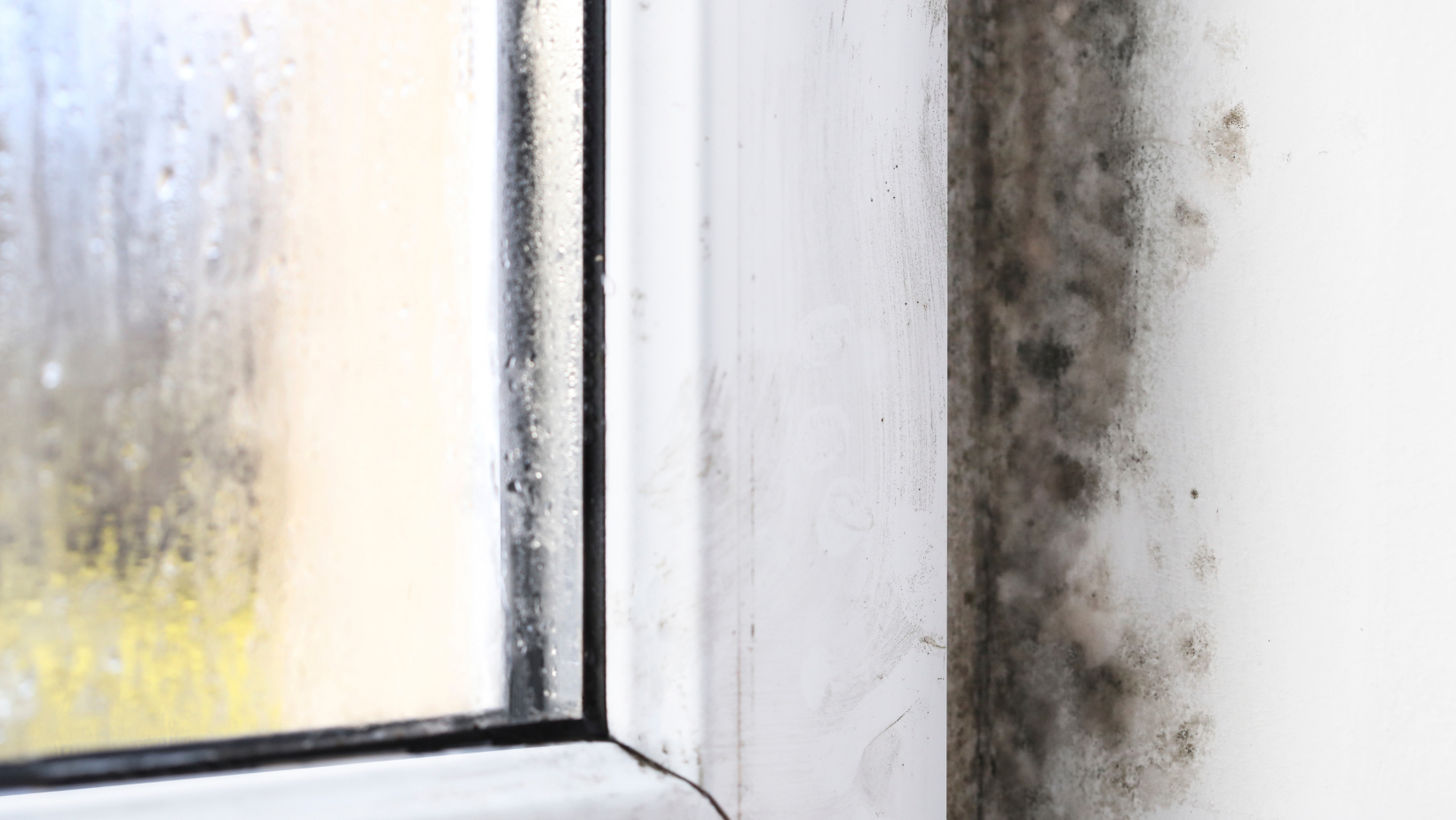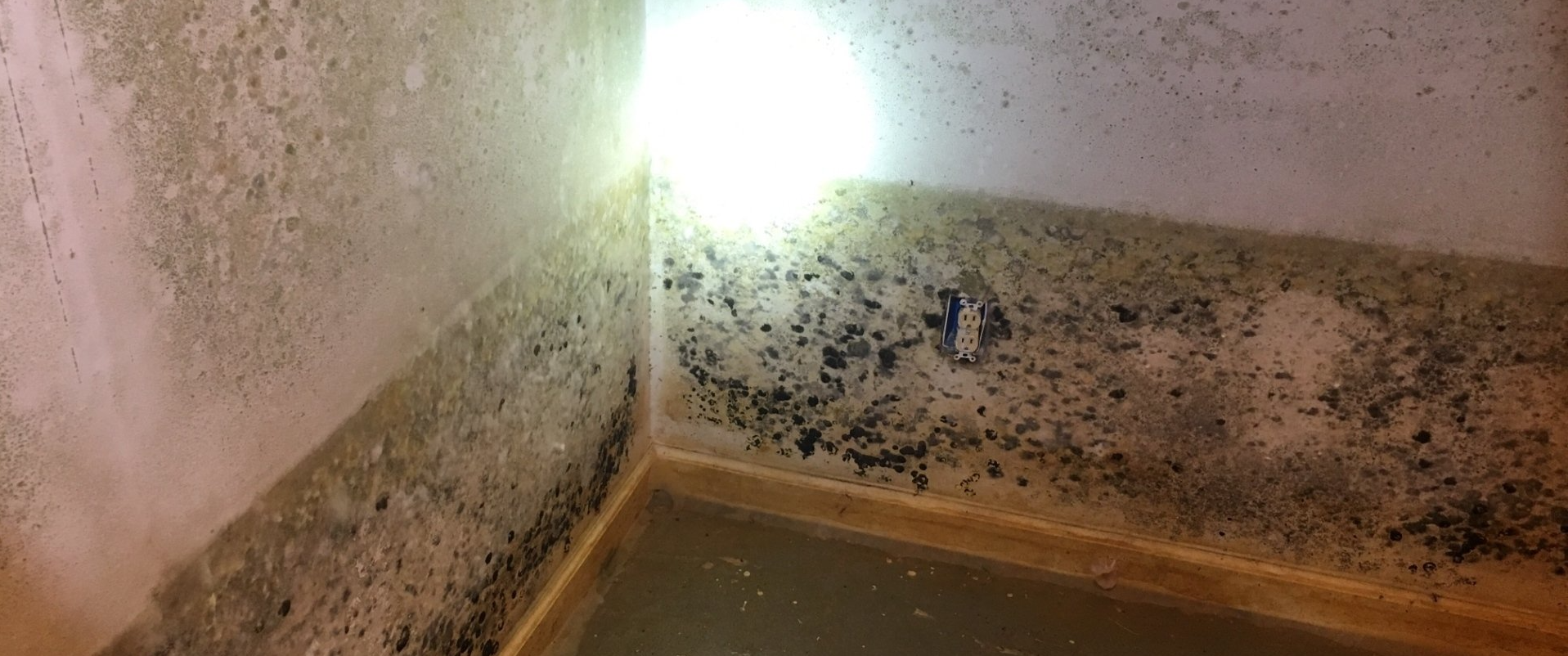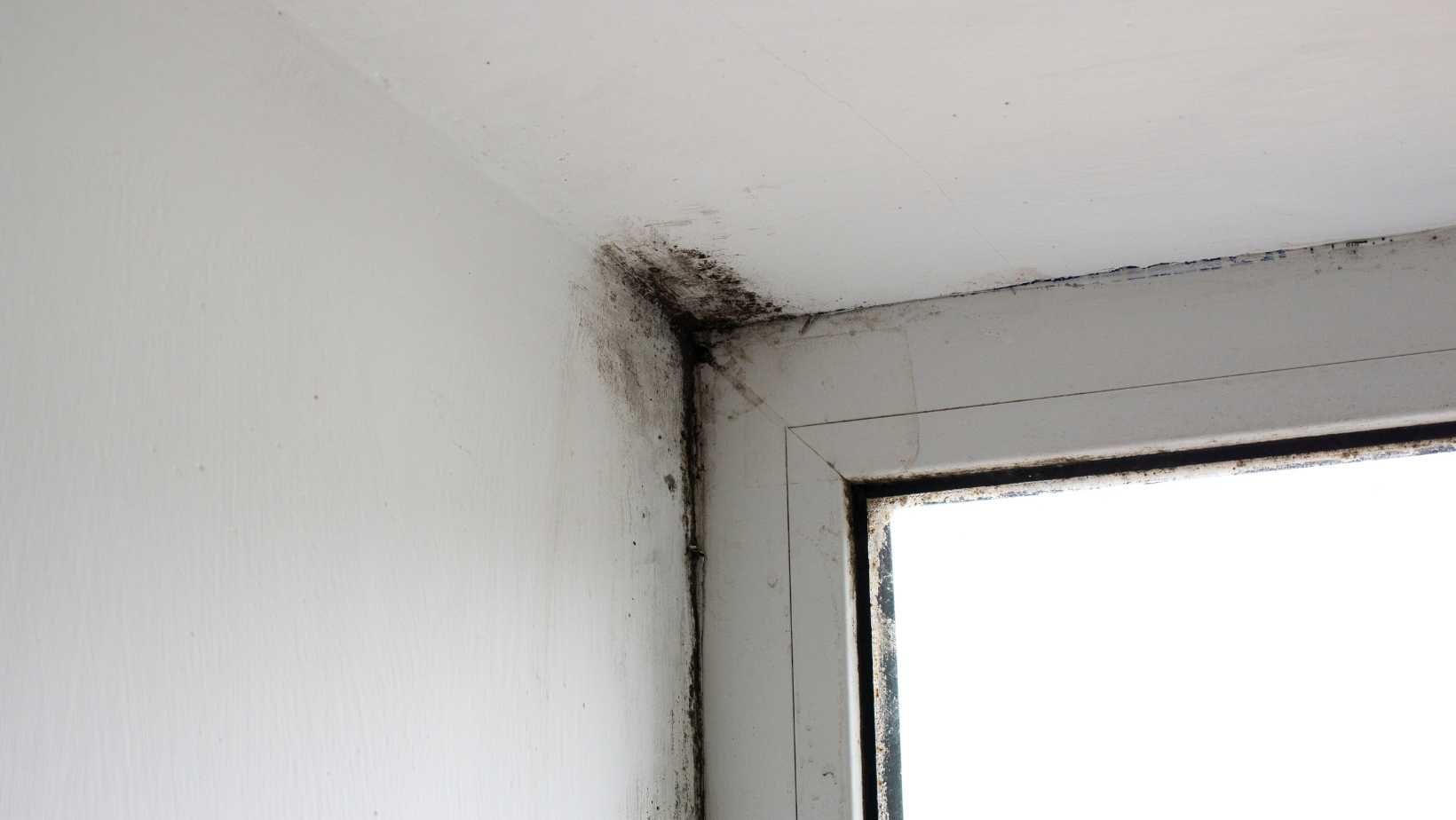Mold Growth During Hurricane Season & Periods of Heavy Rainfall
A Moldy Hurricane Season Ahead in Louisiana
Moisture & Mold Damage Prevention Following Tropical Storm, Periods of Heavy Rainfall or a Major Hurricane
When it comes to mold removal and mold prevention, there isn't a magic sauce or quick-fix solution. The key to mold remediation and mold prevention is source removal and moisture control. By paying attention to underlying moisture issues, implementing the proper moisture control and reacting quickly to major water events -- property owners can easily prevent indoor mold growth. Since no one can control the weather and the water from storms or hurricanes, the most important thing to do during a major storm is to monitor the indoor environment and keep your eyes peeled for signs of moisture buildup and water intrusion. Quick response to water issues will prevent additional damage. It is important to make sure all areas of your home are properly ventilated with optimal air circulation. Pay special attention to the following areas for potential signs of mold and moisture:
● Roof: Hurricane winds can damage roofs, and when accompanied by rain, can lead to visible water damage indoors. Make a note of any missing, discolored, or damaged shingles. Keep an eye out for cracks, soft patches, or any other visible signs of water damage, mold, or decay. Outside of hurricane season, property owners in Louisiana should examine their roof at least twice a year and complete any necessary maintenance. A well maintained roof not only protects the build structure during hurricane season, but it also ensures a longer lifespan on the roof.
● Gutters: During periods of heavy rains and tropical storms, your gutters will need to work overtime to drain and direct water out and way from the build structure. Well maintained gutters and downspouts will be important when the storm comes. To maintain proper drainage, clear debris from gutters. Clogged gutters may lead to roof damage and water intrusion. To avoid water pooling near the foundation, make sure all downspouts are directed away from the home. Before a storm, make sure your gutters and downspouts are secure to the building to prevent hurricane wind damage.
● Attic: Following a tropical storm or major hurricane, you need to inspect your attic for signs of moisture and water damage. Particular care should be paid to the corners and areas near vents. This is where the greatest leakage is most likely to happen. Attic mold is quite common in Louisiana. Outside of hurricane season, property owners should examine their attics for mold signs on a routine basis with other home maintenance schedules.
● Foundation: Rainwater should be diverted away from your home's foundation via exterior grading, drains, gutters and downspouts. Examine the area around your foundation walls for any water pooling. Even the smallest holes can allow water to seep in, causing severe water damage over time.
● Crawl Space: Crawl spaces should be examined for water infiltration. You must act promptly if you see signs of water penetration, such as standing water or discoloration. Crawl space flooding is common following a storm during hurricane season. Flood waters need to be extracted in a timely manner to prevent mold growth. Crawl space waterproofing may be necessary to prevent long term water intrusion issues.
Professional Mold Remediation After a Storm or Hurricane in Louisiana
Some things are out of our hands. Despite the best efforts of planning, preventing, and maintaining -- accidents can occur and are often inevitable. Some cases of water damage and mold damage are our of our control, especially during hurricane season. It is essential to know what steps you should take your area gets hit with a tropical storm or major hurricane. A local mold inspector from DryMax can conduct a comprehensive assessment to determine the full extent of any contamination, identify where the water starts and stops, and conduct air quality testing for mold to determine if your indoor air has been compromised. With that information, your DryMax inspector will be able to develop a proper mold remediation plan as needed.
Mold and moisture don't usually show up in the most obvious places. Dark stains on building materials, odd odors, and excessive humidity might all indicate an underlying issue. Mold and moisture can hide in wall voids, in ceiling voids, under flooring, behind furniture and other hidden areas of the property. If you are worried after a storm, It is important that you contact a professional as soon as possible. With the help of a professional mold remediation company in your Louisiana area, like DryMax, you can get to the source of the problem and address it before it gets worse. Call our local office near you today -- 337-446-2042.
You might also like
DryMax Mold Blogs





